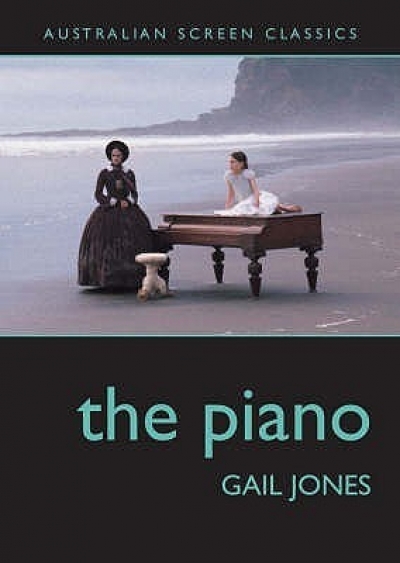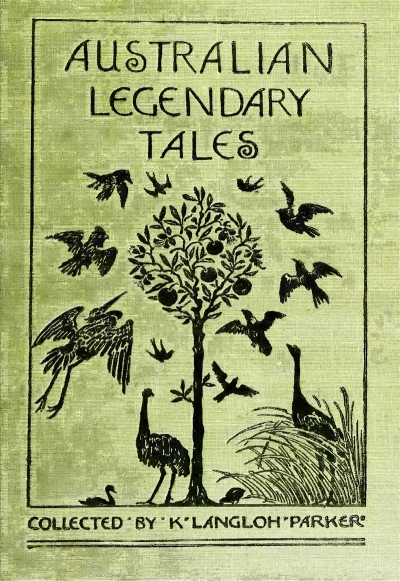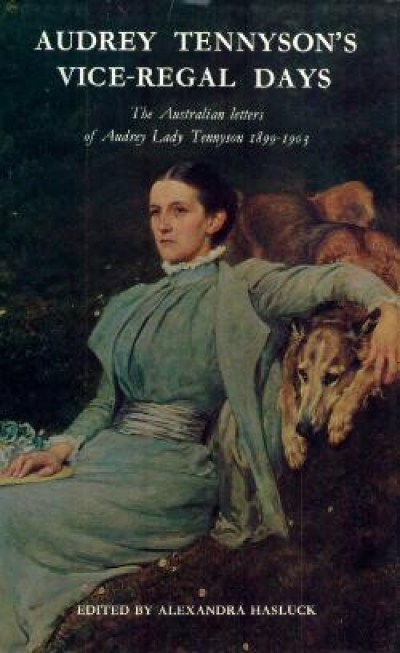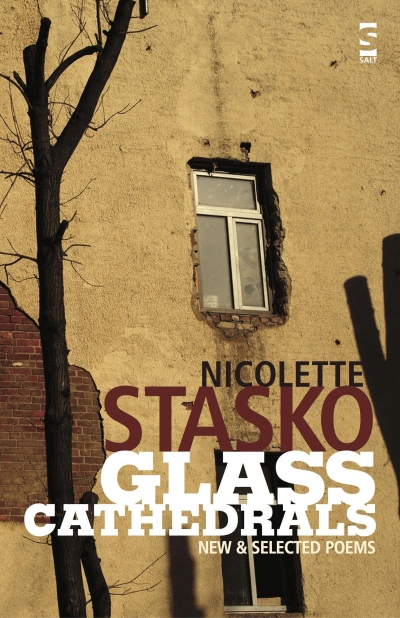Archive
‘Praying with Christopher Smart’ a poem by Peter Steele
... (read more)'The Time Machine', a poem by Stephen Edgar ... (read more)
'Doo Town', a poem by Paul Kane ... (read more)
'Coppers', a poem by Kevin Gillam ... (read more)
Audrey Tennyson's Vice-Regal Days edited by Alexandra Hasluck
by Clement Semmler •
Apartheid in Shakespeare and other reflections by Sibnarayan Ray
by Clement Semmler •
Glass Cathedrals: New and selected poems by Nicolette Stasko
by Adrian Caesar •





